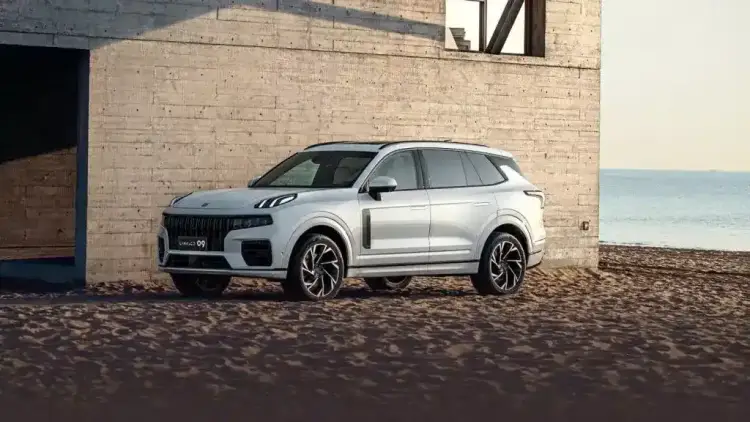- What Is A Backfire? Quick Definition
- Common Causes Of Backfiring In Modern Cars
- Classic Car Backfires: Older Engines, More Drama
- Top Causes of Backfire - Old vs. New Cars
- "The Ignored Bang That Cost A Fortune"
- What Happens If You Ignore Backfiring?
- How To Diagnose And Prevent Backfires
- Symptom Checklist - Is It A Backfire?
- Quick Tips To Avoid Backfire
The days of cars roaring and popping with every shift are mostly gone, but backfires—a sudden bang or crack from the exhaust—can sometimes still surprise drivers, even with today’s advanced technology. What exactly is a backfire, and why do modern engines occasionally suffer from this noisy problem? This in-depth guide explores the science and solutions behind engine backfire, breaking myths and offering practical advice for both old and new vehicles.

What Is A Backfire? Quick Definition
A "backfire" is when fuel combusts outside the engine’s cylinders—usually in the exhaust system or the intake manifold.
It’s often heard as a sharp pop or bang, sometimes accompanied by exhaust flames.
A backfire can mean combustion timing or mixture issues—essentially, fuel is burning at the wrong moment or place.
Common Causes Of Backfiring In Modern Cars
Incorrect Air-Fuel Mixture: The most frequent culprit. If the mix is too rich (excess fuel), leftover gasoline ignites in the exhaust; too lean (not enough fuel) can lead to misfires, causing similar issues.
Faulty Oxygen, MAF, or Fuel Sensors: Malfunctioning sensors can misguide the computer, causing the wrong fuel mix and backfire. Modern cars rely on these to regulate mixture ratios.
Vacuum Leaks: Leaks allow extra air in, throwing off the mixture and causing misfires during deceleration or gear shifts.
Ignition Timing Issues: Late or mistimed spark plug firing can cause fuel to burn after the exhaust valve is open, leading to a bang in the exhaust.
Bad Spark Plugs or Wires: If spark plugs don’t ignite the fuel fully or at the right time, unburned fuel enters the exhaust and combusts there.
Clogged Fuel Injectors: Too little or badly atomized fuel can result in incomplete combustion.
Dirty Air Filter: Choked airflow prevents complete combustion, sending raw fuel into the exhaust system.
Exhaust System Leaks: Open cracks or worn gaskets allow extra air to mix in the exhaust, fueling a backfire.
Classic Car Backfires: Older Engines, More Drama
Older engines with distributors are prone to misfire and backfire. Moisture, carbon buildup or worn caps can throw off timing and cause arcs between spark plug terminals.
Malfunctioning distributors and bad spark plugs are signature problems of classic car pops and cracks.

Top Causes of Backfire - Old vs. New Cars
"The Ignored Bang That Cost A Fortune"
Ahmed noticed a strange pop each time he accelerated, shrugging it off for weeks. Soon, his fuel consumption spiked and acceleration lagged. The neglected backfire fried his catalytic converter—a repair costing more than a month's salary.
What Happens If You Ignore Backfiring?
Performance drops: Poor power, slow acceleration, rough idle.
Fuel economy plummets: Engine runs inefficiently when mix/timing is off.
Catalytic converter damage: Prolonged running rich fills the cat with carbon, leading to early failure (and replacement bills over $2,000).
Potential engine damage: Left unattended, repeated backfires stress valves, exhaust, and even pistons.
How To Diagnose And Prevent Backfires
Scan the Check Engine Light: Let onboard diagnostics guide you to sensor/mix issues.
Inspect Fuel and Air Filters: Replace if dirty or aged. Clean injectors as needed.
Check for Vacuum or Exhaust Leaks: Tighten connections and replace worn hoses/gaskets.
Test Spark Plugs and Wiring: Replace every 40,000–80,000km; inspect distributor (classic models).
Change Faulty Sensors: Oxygen, MAF, and engine temp sensors regulate combustion—update regularly.
Listen for Symptoms: Pops, poor idle, strong fuel smell or excess exhaust smoke indicate an issue.
Symptom Checklist - Is It A Backfire?
Quick Tips To Avoid Backfire
Keep sensors and spark plugs clean and updated.
Fix any engine warning lights quickly.
Use quality fuel and maintain recommended service intervals.
Listen for new, unexplained noises after upgrades or repairs—especially on modified or older vehicles.












